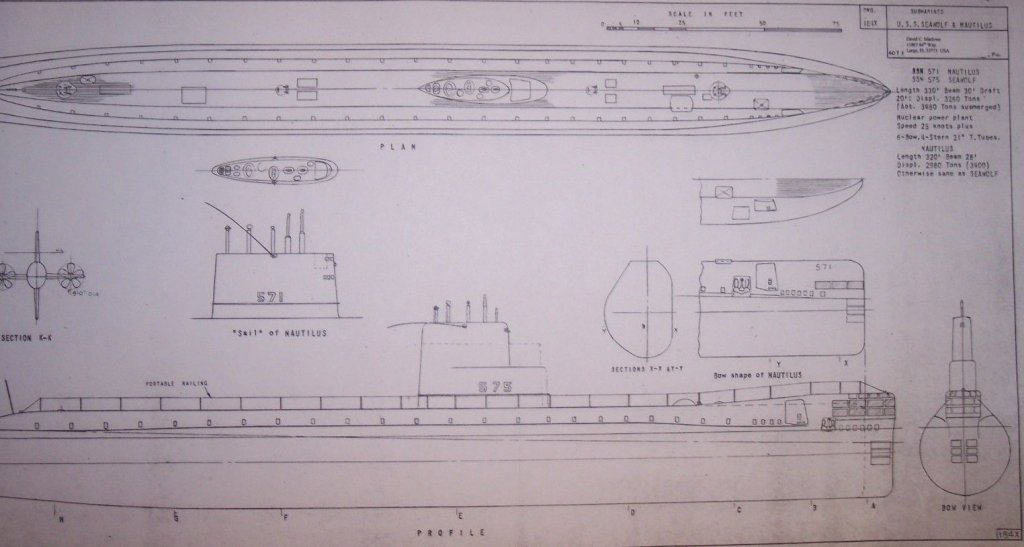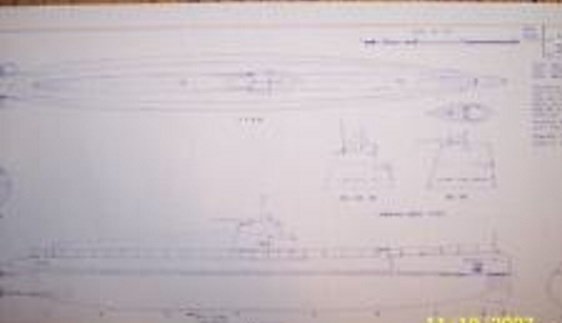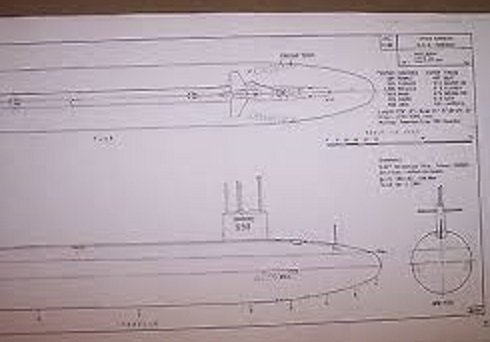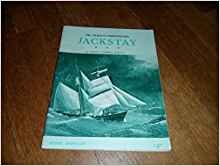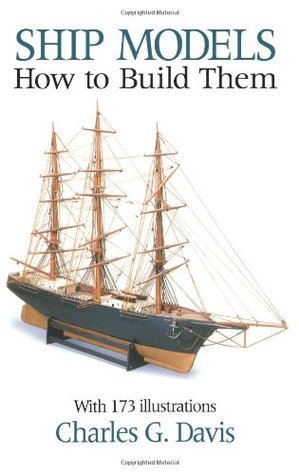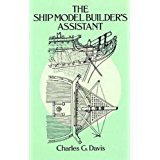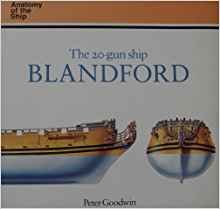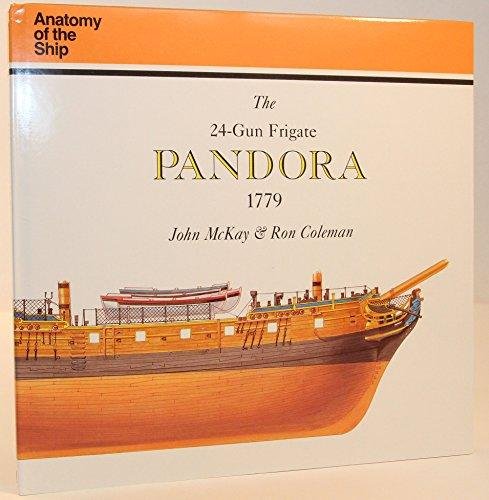-
Posts
1,058 -
Joined
-
Last visited
Content Type
Profiles
Forums
Gallery
Events
Everything posted by grsjax
-

Tools You Can't Live Without
grsjax replied to Justin P.'s topic in Modeling tools and Workshop Equipment
I have one like that. Works really well and has glass lens. I think I paid about US$12 for them on eBay. -
I would think that anything the size of a ship of the lines keel would require bolting as well as wedging. Keels were made up of as many as 7 pieces and must have been under tremendous stress and strain all the time. If I remember correctly there were a couple of different methods of making the scarp in the keel one of which did use a wedge in a similar manner.
-
There are several low temp silver solder pastes available. I purchased some from Amazon and have been pretty happy with it. You have to be careful if you are soldering several pieces together because the earlier joints will soften and/or melt if the piece gets to hot.
-
Did some searching for Polybak online and found this vendor that sells single 49"x97" sheets. Don't know what they charge as you need to setup a business account to see the prices. https://www.wurthlac.com/storefront/pre-fab-components/backing-sheets/polybak-backing-sheet-paint-grade-011-thick-49-x-97-/prodPCCLPGBTN.html Here is another vendor that will provide laserboard (not sure what kind) custom cut to your specs and also sells sheets (from 12"x12") of the material. http://automatedartists.com/laserboard
-
Several 24x10 drawings (one sheet for each sub) of US subs marked "Warship Drawings, Edward H. Wiswesser". Plans are in good shape but have been stored folded and have creases. The paper has darkened some. Price is $8 each including first class shipping in the US. U.S.S. Corsair, SS435 to SS524 U.S.S. Seawolf/Nautilus, SSN571 and 575 U.S.S. Tang, SS563 to SS568 U.S.S. Thresher, SSN593 to SSN615 I had to crib pictures off the net as my camera is acting up. Same drawings but actual may look slightly different.
-
Shipping is $3 ea. within the US. The Neophyte Shipmodelers Jackstay by George F. Campbell, M.R.I.N.A. Very good condition 1988 reprint. Softcover, tight binding, clean pages. $6 Ship Models: How to Build Them by Charles G. Davis Very good condition Dover reprint. Softcover, tight binding, clean pages. $5 The Ship Model Builders Assistant by Charles G. Davis Very good condition Dover reprint. Softcover, tight binding, clean pages. $5
-
All books are in very good or better condition with dust jackets. Tight bindings and clean pages. Shipping is $4 ea. within the US. International shipment will require figuring shipping for destination. The 20-Gun Ship Blandford by Peter Goodwin $25 The 100-Gun Ship Victory by John McKay (some very minor marks on the dust cover) $25 The 24-Gun Frigate Pandora by John McKay and Ron Coleman $40 All 3 books for $80 shipping included in the US.
-

Working with braided steel lines
grsjax replied to skipper1947's topic in Masting, rigging and sails
That looks like twisted wire rope to me. -

Working with braided steel lines
grsjax replied to skipper1947's topic in Masting, rigging and sails
Could you post a closeup picture of the wire? I would like to see what kind of wire you are using. Thanks -

Working with braided steel lines
grsjax replied to skipper1947's topic in Masting, rigging and sails
When I attempted it to do it that way the twist was either to loose, or the twisted wire would kink. Never could get wire rope that actually looked like the real thing. BTW wire rope is usually made with more than 3 wires. Common classifications are 7x7, 7x19, 6x26, 6x36 and 19x7 strands. There are other configurations but these are most common. -

Working with braided steel lines
grsjax replied to skipper1947's topic in Masting, rigging and sails
You might be right. Just going with what I have observed. When I heat a piece of steel and let it cool it bends easier. Of course that might be highly dependent on type of steel and how hot I got it. Didn't do any scientific experiments, just what I observed in practice. -

Working with braided steel lines
grsjax replied to skipper1947's topic in Masting, rigging and sails
Making twisted wire rope isn't easy, even at small scales. Takes a lot of tension to keep the twist tight. A regular rope walk probably wouldn't be enough. -

Working with braided steel lines
grsjax replied to skipper1947's topic in Masting, rigging and sails
Depending on what type of steel is used it may be possible to anneal the ends to make them less springy. Use a propane torch and hold the wire with a set of pliers. The pliers should be metal and fairly large to act as a heat sink to keep the annealing confined to the part you want to bend. If you can't get the wire into a condition you want you might want to check out jewelry suppliers for braided wire that is less springy. It comes in a large range of sizes in a couple of different braids (5 strand, 7 strand, 9 strand, etc). -
Is "To Build a Whaleboat: Historical Notes and a Modelmaker's Guide" by Erik Ronnberg the book you are going to get at Mystic Seaport? If not you should take a look at Mr. Ronnberg's book. It is the best I have found on building a whaleboat model.
-

Software recommendations
grsjax replied to Sailor1234567890's topic in CAD and 3D Modelling/Drafting Plans with Software
DesignCad 3D is a good program and doesn't cost a lot. I picked up one that was an earlier version for less than $20 on eBay. I don't know if it will work with a Mac but you can get a Windows emulator for the Mac that can run this software. -
I find a slide on top of the saw table works well for strips. Clamp the wood to be cut to the slide and you can cut thin strips without a fence and without endangering your fingers. Added a picture of a nicely made table saw slide.
-
The Pride of Baltimore or the Latham would be pick. As Ron says the Santa Maria might be difficult. I wouldn't start with the whale boat. Although the whaleboat shape is generally considered easy to plank this kit is very detailed and takes some time to do right.
-
The acid etching results in a surface with a greater area than un-etched surface. The same is true for cleaning with pumice or other abrasives. This is a factor in the blacking process because it gives the blacking solution more area to interact with. I get much the same results using a similar process to that described by Landlocked123 but I use white vinegar instead of sparex. The white vinegar is acidic enough to etch brass and white metal, it is cheap and doesn't require any mixing. An important factor is cleaning the metal very well and rinsing all residue from the cleaning solution from the metal. BTW if you want to make your own blacking solution you can use a super-saturated solution of copper carbonate (CuCO3Cu(OH)2) and regular, over-the-counter ammonia.
About us
Modelshipworld - Advancing Ship Modeling through Research
SSL Secured
Your security is important for us so this Website is SSL-Secured
NRG Mailing Address
Nautical Research Guild
237 South Lincoln Street
Westmont IL, 60559-1917
Model Ship World ® and the MSW logo are Registered Trademarks, and belong to the Nautical Research Guild (United States Patent and Trademark Office: No. 6,929,264 & No. 6,929,274, registered Dec. 20, 2022)
Helpful Links
About the NRG
If you enjoy building ship models that are historically accurate as well as beautiful, then The Nautical Research Guild (NRG) is just right for you.
The Guild is a non-profit educational organization whose mission is to “Advance Ship Modeling Through Research”. We provide support to our members in their efforts to raise the quality of their model ships.
The Nautical Research Guild has published our world-renowned quarterly magazine, The Nautical Research Journal, since 1955. The pages of the Journal are full of articles by accomplished ship modelers who show you how they create those exquisite details on their models, and by maritime historians who show you the correct details to build. The Journal is available in both print and digital editions. Go to the NRG web site (www.thenrg.org) to download a complimentary digital copy of the Journal. The NRG also publishes plan sets, books and compilations of back issues of the Journal and the former Ships in Scale and Model Ship Builder magazines.




